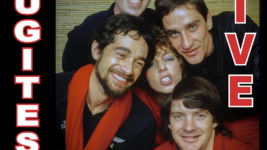THE GAFFA TAPES
26 May 2023
Bright Lights BIG CITY

Subscribe to CX E-News
Snippets from the archives of a bygone era
Sometimes the most trivial deed can be life-changing. My introduction to the music industry began with a few song lyrics scribbled on a piece of paper during office hours when I was an 18-year-old NRMA Insurance clerk in Sydney.
Tony Bellette, who some years later crafted a successful career as a voice-over artist, was my buddy and fellow mischief maker in the mundane world of the office. Tony wandered over to my desk with my misplaced lyrics in hand wondering who had left them on his desk and exclaiming that they would make a good song.
“I was looking for those lyrics,” I said. At first he thought I was joking, but this began a writing partnership that ultimately ushered my induction into the music domain. I should point out that the song writing venture didn’t result in any industry success, but what followed left me with a passion to slot somewhere into the bright lights and big city world of the music business.
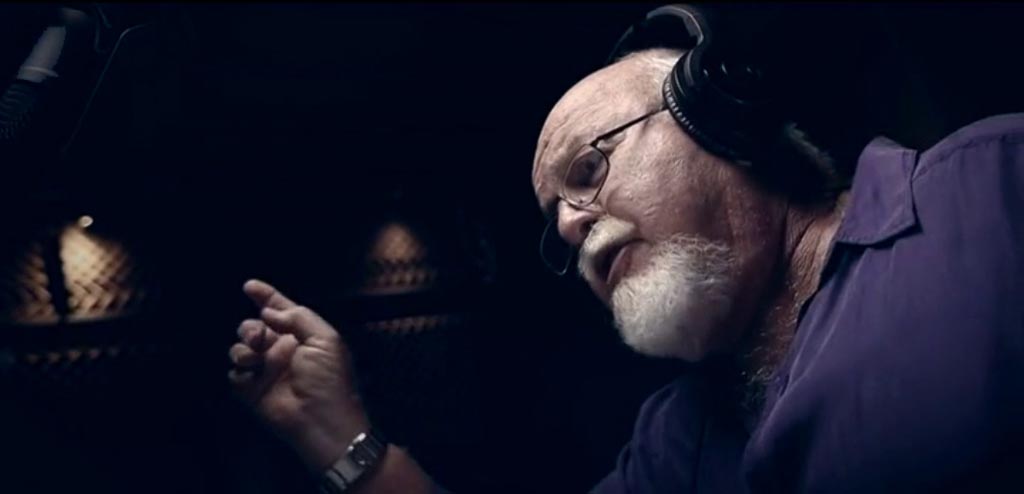
The year was 1968 and the music industry still retained some semblance of innocence. A remarkable example of this was the journey that followed: Tony took the lyrics home and created a melody structured over guitar chords. Returning to the office the next morning he was sure we had a hit.
“I’m going to call Tony Geary, the A&R manager of the Parlophone label in Australia at EMI,” he said.
Tony Bellette’s former band The Lost Cause had worked at the Taylor Square venue Beatle Village with The Easybeats in the mid 60s when they were promoting their debut single For My Woman. The Easybeats even borrowed a couple of The Lost Cause’s Fi-sonic amplifiers (made in Marrickville, Sydney) to do their set. It was here that Tony briefly met and chatted with Ted Albert, the Easybeats record producer at EMI. He also touched base with Tony Geary who had co-produced The Easybeats Volume 3 album with Ted Albert at the EMI studios in Sydney.
Tony Geary took the phone call and asked if we had a tape.
“No, but I can play it for you on guitar,” said Tony. And as bizarre as this sounds today Tony Geary said, “We’ve got a guitar down here at EMI, why don’t you come down and play it for me.”
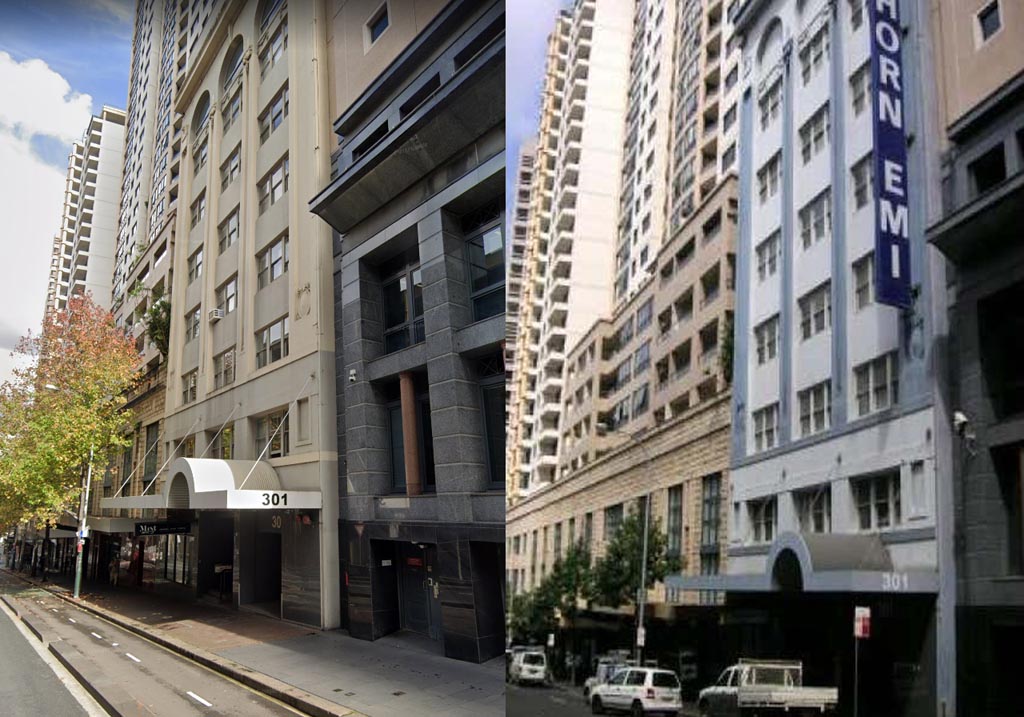
The old EMI studios were at 301 Castlereagh Street, Sydney (that’s why their current location in Alexandria, Sydney is called 301). EMI was only few train stations from our NRMA office near Wynyard Station, so Tony and I took the train to visit the EMI studios in our lunch hour.
Gobsmacked, I sat in Tony Geary’s office at EMI, the Australian home of Parlophone, the iconic recording label of The Beatles. I panned around the office, mesmerised by the gold record discs that adorned the walls, while Tony strummed out our fledgling creation, a schmaltzy love song.
Tony Geary must have been such a nice guy because whilst he said it wasn’t exactly what Parlophone was looking for, he told us to make a tape and he would send it to a colleague who delved in ‘that sort of music’. He did indeed pass on our tape but alas, his colleague rejected it.
Tony and I wrote together for about one year before Tony moved to Queensland, and the tyranny of distance led us down different paths.
I didn’t play guitar at the time, so after Tony’s departure to Queensland I set out to find a new songwriting partner. I ran an ad in the classifieds, and one of the strangest calls came from Frank Lewis who had a 1969 record called ‘Year of War’. I didn’t have a telephone in those days so I took the call at my girlfriend’s place. I can’t remember why I never followed up, but I was still kicking myself years later.
The next enquiry was from a guy who rented a small room on Sydney’s North Shore where he called me from the pay telephone in the lobby. We only wrote one song, which was called Mister Jones. During the writing session the guy (I can’t remember his name) slipped out to the lobby and without paying used a kicking and shaking motion to wrestle a pack of cigarettes out of the vending machine.
I sent our demo of Mister Jones to a record producer. The song was a kind of raw Eleanor Rigby type lament about a guy who did nothing with his life, and it analogised similar people’s minds to the ‘skin and bones’ lying in Mister Jones’ grave. The record producer rejected our offering telling me over the phone that he thought it was ‘sick’.
I called my new North Shore songwriting partner to tell him the bad news, but with every intention of continuing our partnership. His landlady answered the pay telephone in the lobby.
“He doesn’t live here anymore. I evicted him.
He’s a thief, you know; I caught him red- handed stealing from the cigarette machine,” she said. I never heard from him again.
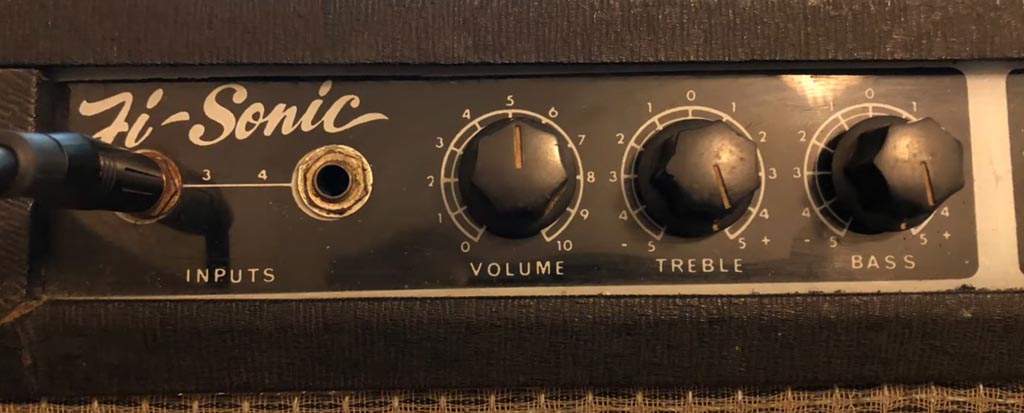
In desperation I bought a nylon string guitar in an attempt to write my own melodies. It was my second guitar teacher, a Jimi Hendrix aficionado who urged me to go electric; and it had to be Fender. I didn’t know one model from another but in an amazing coincidence I bought the exact year model guitar that Jimi Hendrix used when he toured with the Isley Brothers and Little Richard, a 1962 Fender Jazzmaster. Jimi’s Jazzmaster is today valued at $1.1 million AUD. I bought mine for $175. My son is now the proud owner.
I complimented the Jazzmaster with a 35-Watt Fender Tremolux valve amplifier. Now, having learned the three chords and the lead break from The Animals version of Bright Lights Big City, I was ready to rock ‘n’ roll. I meandered through various rock ‘n’ roll bands in the 70s and early 80s before switching to the production side.
Tony and I met up again years later when coincidentally, I was writing and producing a touring children’s pantomime, and Tony was doing 8 different character voices for an animated television show called The Shapies, which aired on the Nine Network for 26 episodes. Tony came to Sydney and voiced one of the lead characters for the CD of our children’s show.
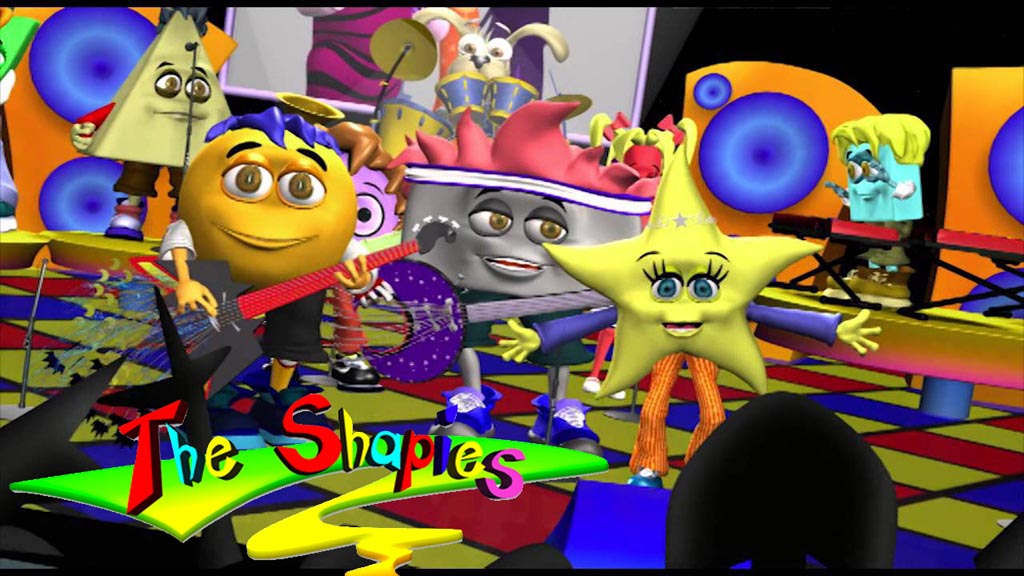
It is worthy to note that my first guitar lessons on the nylon string guitar were taught by an obnoxious character who insisted on teaching me the classical guitar method. His tuition included a slap on the hand every time my thumb crept around the neck of the guitar to what he called the coat hanger grip, which was used by just about every rock ‘n’ roll guitarist in the business. This was not good therapy for someone in a hurry to enter the bright lights and big city vibe of the music world.
Subscribe
Published monthly since 1991, our famous AV industry magazine is free for download or pay for print. Subscribers also receive CX News, our free weekly email with the latest industry news and jobs.

